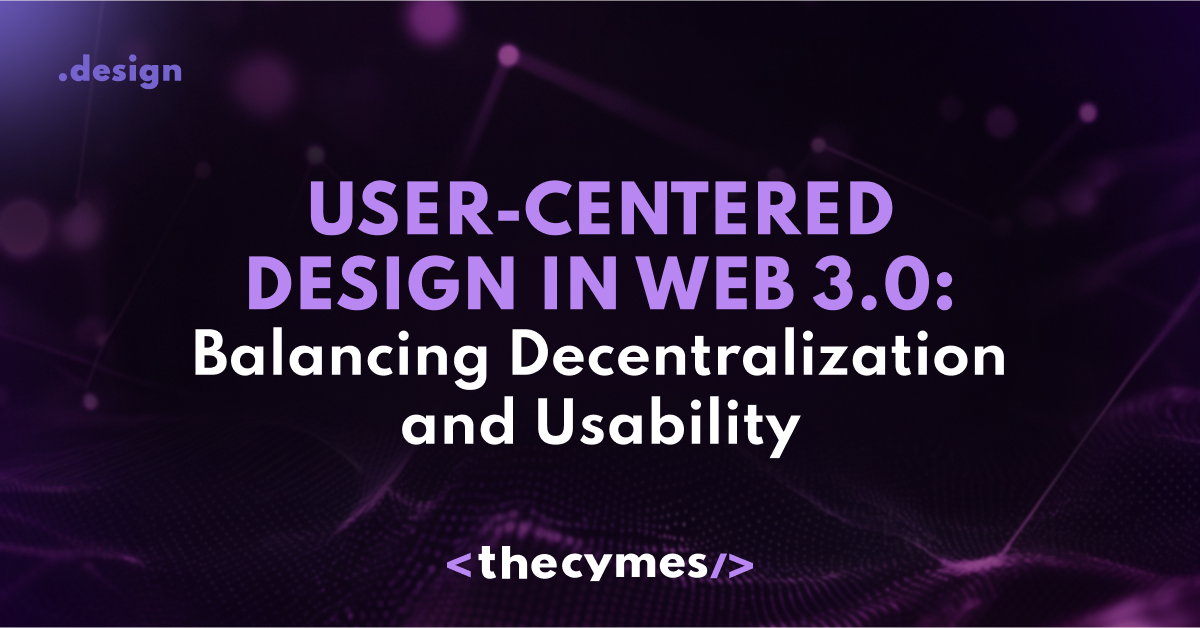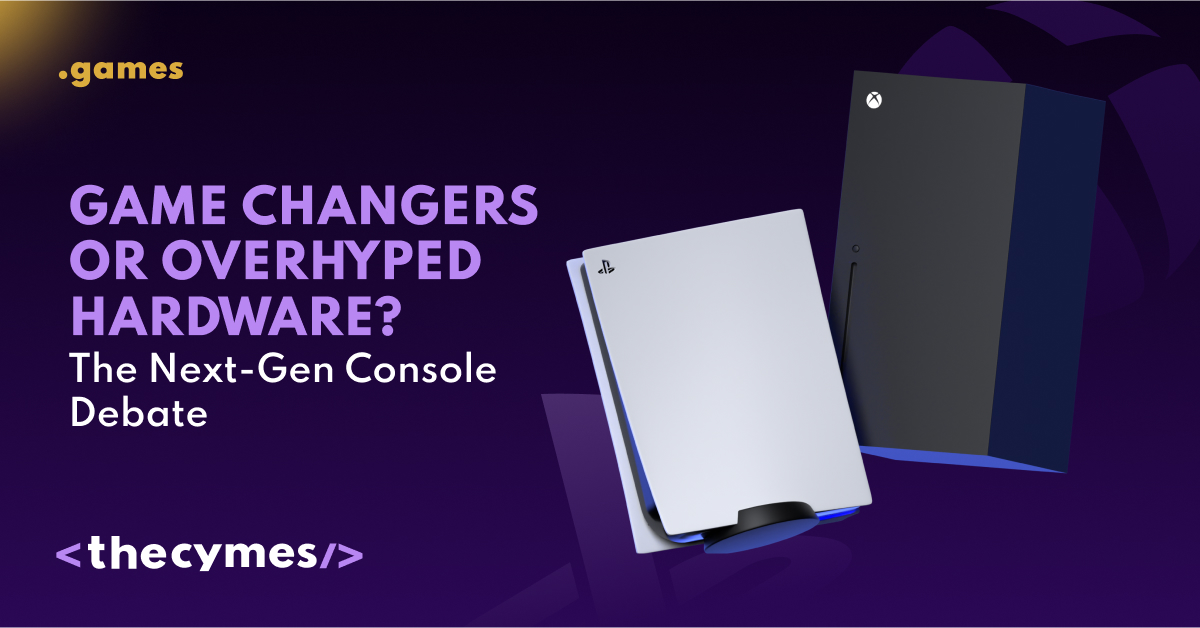Table of Content
User-Centered Design in Web 3.0: Balancing Decentralization and Usability
/>Wanna know more about the design for Web 3.0? Let's shape the future together!Introduction
Web design keeps changing, with new steps being taken every now and then. Web 3.0 is a new paradigm where design will be fully user-centric, decentralized applications, and interactivity. Understanding the design principles for Web 3.0 will be important in the creation effective digital experiences.
Understanding Web 3.0
Web 3.0 is marked by decentralization and interactive user experience. Unlike its predecessors, which focused on static content and a centralized mode of control, Web 3.0 gives much more emphasis to user power and privacy along with a heavy reliance on blockchain and AI.
This shift forces designers to rethink their approach, focusing on creating intuitive, secure, and inclusive experiences that involve diverse users. The design principles in Web 3.0 are not only about making things look good but also enhance the user's experience and create a sense of online self-agency.
Key Principles of Design for Web 3.0

Image by FreePik
User-Centered Design
Principal of Web 3.0 design: User-oriented design keeps users first, through designers creating experiences that resonate with them. Therefore, research about users has to be deep in order for one to understand their pain points, behaviors, and expectations.
In this case, user personas and user journey mapping will help visually imagine how users would interact with your application. Giving attention to empathy and understanding, one can design interfaces that are functional but enjoyable and intuitive, too.
Decentralization
Web 3.0 is defined in part by decentralization. Whereas most legacy applications require massive centralized servers, dApps run on peer-to-peer networks. That displacement changes how designers approach data and user interactions.
Design in such a manner that on decentralized platforms, there is a way for users to manage their data and identities. Embed very clear and transparent data management practices that allow users to be in control of their information. This builds trust and enhances the user experience.
Interactivity and Engagement
Web 3.0 is all about dynamic and interactive experiences. It means that users engage meaningfully with your content through gamification, interactive storytelling, or real-time feedback. Designers shall use AR and VR to enhance interactivity.
You can also make your application more interesting with animations, micro-interactions, and responsiveness. These elements guide the users through the interface and give them the feeling of something more fluid and responsive.
Accessibility
Accessibility is of the essence with the internet becoming increasingly complex. It's all about creating inclusive experiences that allow any user, regardless of their background or ability, to interact in Web 3.0. A designer should follow each and every guideline and standard for accessibility so that everyone can navigate or interact with an application.
This could be further facilitated by the use of clear language, considering alternative text for images where needed, and ensuring color contrasts do not create barriers to viewing. Usability testing with a diverse range of user groups can really help to identify potential barriers and enhance overall accessibility.
Privacy and Security
With increasing concern about data privacy and security, Web 3.0 design should be about users first when it comes to protection. Strict measures for security and transparency in data practices would hold the key to trust-building among users.
The designer needs to clearly design privacy policies, providing options to the users in order to self-control their data. Adding two-factor authentication and end-to-end encryption would add a layer of security and comfort for the users.
Minimalism and Clarity
Simplicity in these information-filled times is key. It helps the user remain focused on the core and devoid of distractions, thanks to a minimalist design. This principle therefore involves ample white space, clear typography, and limited color palette for a clean and organized interface.
Clarity, achieved by designers with the help of prioritization, reduces cognitive load. This enhances the ease of use: Users are to feel at ease working with the application and finding whatever they need easily without frustrating themselves.
Consistency
Consistency in the user interface will help build a sense of continuity with the experience. This means consistency of appearance, language, and interaction. Consistency makes users more familiar and confident with your application.
Guidelines around design rules and style guides enable consistency to be upheld during development. In this way, everyone involved in the design process is on the same page when it comes to making decisions about your designs, which contributes to greater harmony in the user's experience of your site.
Feedback and Adaptation
In Web 3.0, user feedback will be an important success factor that can contribute to design improvements in better ways. In order to gather feedback, such as through surveys or in-app prompts, designers can also learn about user experiences.
It is all about openness to iteration and adaptation based on feedback. This means keeping your application modern with the needs of users and advancements in technology; such updates will ensure that your design remains fresh and relevant with every new version.
Applying Principles into Design Practice

Image by FreePik
Understand the needs and preferences of your target audience by conducting user research. This can be guided through surveys, interviews, and usability testing. Interactive prototypes allow testing and refinement based on real user input. This iteration is the chance for a test to find flaws and improve before the launch. Document the design system to maintain consistency in your brand's visual language and its components. It ensures that your design process is effective and coherent. Keep updated in the ever-changing industry of Web 3.0 through leading industry forums, webinars, and conferences that keep you at the forefront of evolving trends and technologies.
This shift requires designers to reconsider their approach, focusing on the creation of intuitive, secure, and engaging experiences that will attract a diverse user base. The principles of design for Web 3.0 are not just aesthetic; they're all about enhancing the general experience a user has and making them feel in control of their digital interactions.
Conclusion
Designing for Web 3.0 is a minefield of challenges and opportunities in equal measure. Embracing user-centricity, decentralization, and interactivity means designers are going to be able to create more alluring digital experiences for users. Moving to a more decentralized and interactive Internet, understanding and applying these design principles is going to be important.
Paying attention to accessibility, privacy, and clarity will, in turn, enable you to build applications that cater to user expectations and evoke confidence and engagement. As you step further into this ever-evolving digital world, embracing these principles will help you create significant and interactive experiences in the world of Web 3.0.




